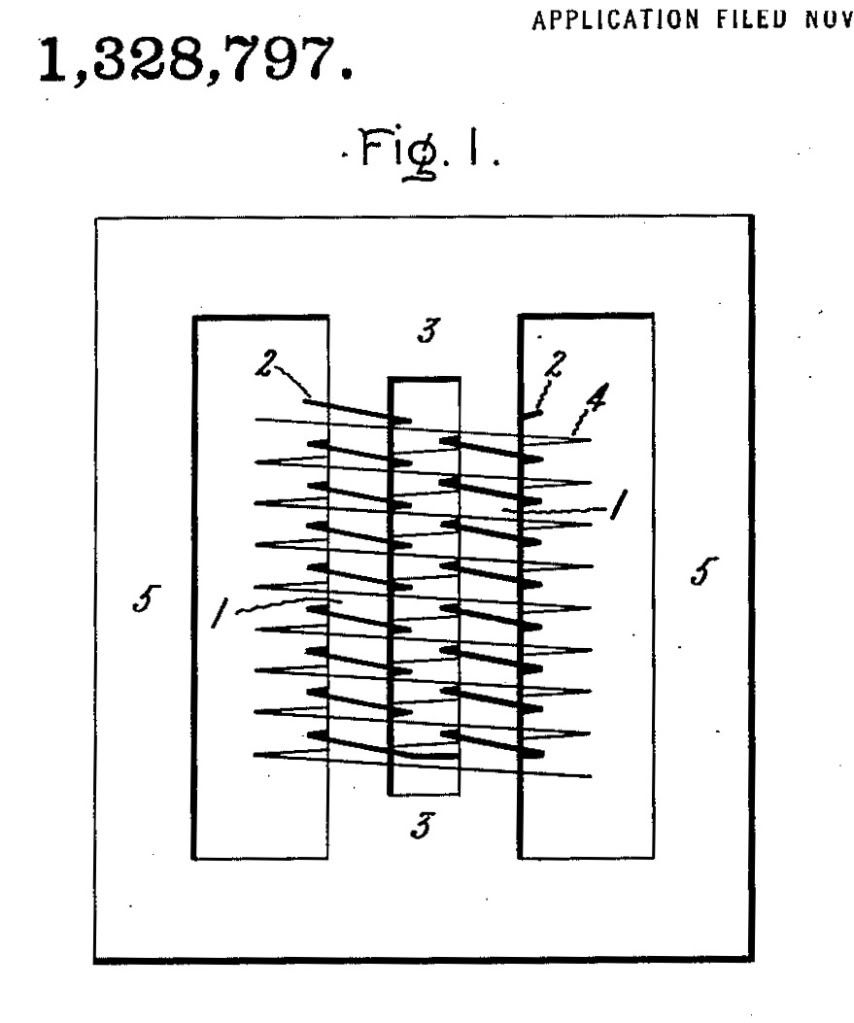What we really need is : create one big magnet ! dipole 
Then load is a friction in the path of magnetic current flow.Like magnet attached to fridge

Then load is a friction in the path of magnetic current flow.Like magnet attached to fridge



Comment